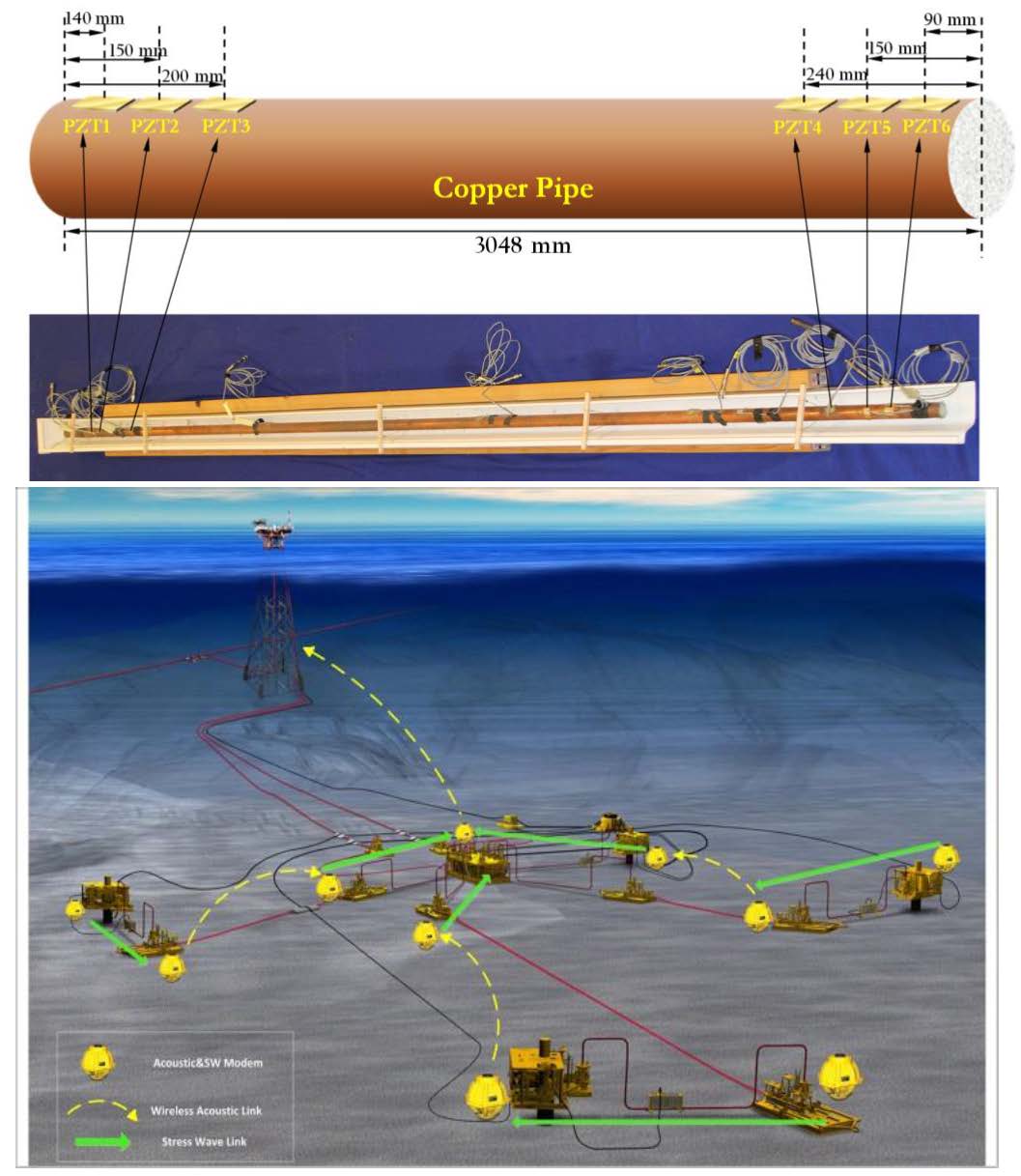 SpecMax: Spectrum Trading and Harvesting Designs for Multi-Hop Communications in CRNs
SpecMax: Spectrum Trading and Harvesting Designs for Multi-Hop Communications in CRNs
The dilemma between wireless services’ booming growth and the unlicensed spectrum’s scarcity has shoved static spectrum allocation off the edge. Cognitive radio (CR) is a revolutionary paradigm which releases spectrum from shackles of authorized licenses, and enables unlicensed secondary users (SUs) to opportunistically access to the under-utilized licensed spectrum. Due to the great economic value of spectrum, CR technology has also promoted many spectrum trading designs in cognitive radio networks (CRNs). Unfortunately, most existing designs rely on the premise that the SUs’ hand-held devices have powerful CR capability, which may not be easily embedded into light-weight small-sized radios of SUs’ devices. Besides, existing designs mainly focus on per-user based spectrum trading for single-hop communications, and lack deep understanding of multi-hop end-to-end service provision. Moreover, the prevalent idea of choosing the best band makes secondary services vulnerable to interruption due to the returns of primary users. Finally, to facilitate spectrum trading, more accurate information of spectrum availability should be provided. Motivated by these facts, this project aims to construct a framework to investigate the spectrum trading in multi-hop CRNs, which includes the study of (1) designing a novel CRN architecture to facilitate the accessing of SUs without CR devices, (2) extending spectrum trading for multi-hop CR communications, (3) harvesting spectrum under spectrum uncertainty, and (4) constructing a fine-grained mobile spectrum map. The results of this project can advance the state of the art in spectrum trading designs and enrich the scientific knowledge of network designs and network economics.
 CAREER: SpecMax: Spectrum Trading and Harvesting Designs for Multi-Hop Communications in Cognitive Radio Networks (CNS-1350230), PI. National Science Foundation, August 1, 2014 – July 31, 2019.
CAREER: SpecMax: Spectrum Trading and Harvesting Designs for Multi-Hop Communications in Cognitive Radio Networks (CNS-1350230), PI. National Science Foundation, August 1, 2014 – July 31, 2019.
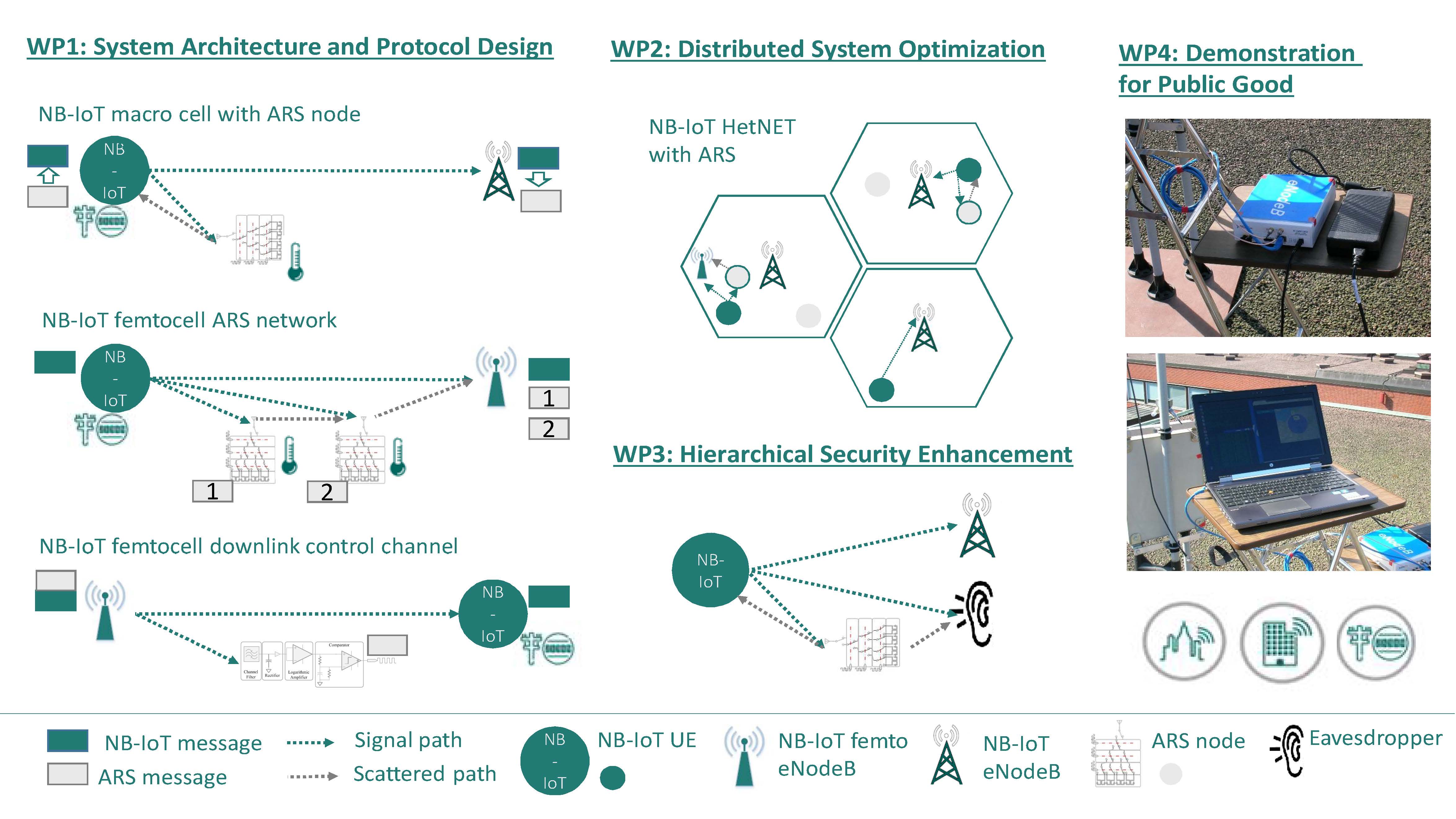 Ambient Re-scatter Inspired Machine Type Communication for Heterogeneous IoT Systems
Ambient Re-scatter Inspired Machine Type Communication for Heterogeneous IoT Systems
Internet of Things (IoT) has potential benefits and numerous applications, ranging from smart cities to assisted living. IoT is also expected to have many trillion dollars economic impact in the next decade. IoT is a network of physical objects, whose connectivity requires low power consumption, long battery life, low duty cycle and massive number of low cost devices. Based on the recently standardized Narrow band IoT (NB-IOT) technique for machine type communications, the proposed scheme targets adding low cost Ambient Re-Scatter (ARS) devices to an existing NB-IOT communication system, which can significantly improve the overall system capacity and the excess capacity can be shared between the NB-IOT and ARS systems. Hence, this project enables to integrate ultra-low power devices to the communication systems in spectral and energy efficient manners. Novel methods and transmission schemes allowing ARS devices to collaborate with each other and with other networks are also proposed. The success of this project will boost such ultra-low power IoT solutions. The transformative and interdisciplinary nature of the proposed research work will advance the knowledge of communications engineering, and the outcomes of the project can potentially be used by industry for network development and impact future industrial standardization.
 WiFIUS: Collaborative Research: Ambient Re-Scatter Inspired Machine Type Communication for Heterogeneous IoT Systems (CNS-1702850), PI. National Science Foundation, April 1, 2017 – March 31, 2019. This is a collaborative project with Dr. Zhu Han at University of Houston, Dr. Riku Jäntti at Aalto University, Finland, and Dr. Jukka Lempiäinen at Tampere University of Technology, Finland.
WiFIUS: Collaborative Research: Ambient Re-Scatter Inspired Machine Type Communication for Heterogeneous IoT Systems (CNS-1702850), PI. National Science Foundation, April 1, 2017 – March 31, 2019. This is a collaborative project with Dr. Zhu Han at University of Houston, Dr. Riku Jäntti at Aalto University, Finland, and Dr. Jukka Lempiäinen at Tampere University of Technology, Finland.
 DEUS: Distributed, Efficient, Ubiquitous and Secure Data Delivery Using Autonomous Underwater Vehicles
DEUS: Distributed, Efficient, Ubiquitous and Secure Data Delivery Using Autonomous Underwater Vehicles
Ocean Big Data (OBD) is an emerging area of research that benefits ocean environmental monitoring, offshore exploration, disaster prevention, and military surveillance. It is now affordable for oil and gas companies, fishing industry, militaries, and marine researchers to deploy physical undersea sensor systems to obtain strategic advantages. However, these sensing activities are scattered, isolated, and often follow the traditional “deploy, wait, retrieve, and post-process” routine. Since transmitting information underwater remains difficult and unreliable, these sensors lack a cyber interconnection, which severely limits ocean cyber-physical systems. This project aims to providing a viable cyber interconnection scheme that enables distributed, efficient, ubiquitous, and secure (DEUS) data delivery from underwater sensors to the surface station. The proposed cyber interconnection scheme features cheap underwater sensor nodes with energy harvesting capability, a fleet of autonomous underwater vehicles (AUVs) for information ferrying, advanced magnetic-induction (MI) antenna design using ferrite material, distributed algorithms for efficient data collection via AUVs, and secure data delivery protocols. The success of this project will help push the frontier of Internet of Things in Oceans (IoTO) and OBD, both of which will find numerous underwater applications in offshore oil spill response, fisheries management, storm preparedness, etc., which impact the economy and well-being of not only coastal regions but also inland states. The project will also provide special interdisciplinary training opportunities for both graduate and undergraduate students, particularly women and minority students, through both research work and related courses on underwater wireless communication, network security, and AUV designs.
 CPS: Synergy: Collaborative Research: DEUS: Distributed, Efficient, Ubiquitous and Secure Data Delivery Using Autonomous Underwater Vehicles (CPS-1646607), PI. National Science Foundation, January 1, 2017 – December 31, 2019. This is a collaborative project with Dr. Aaron Becker, Dr. Jiefu Chen and Dr. Zhu Han at University of Houston and Dr. Yahong Rosa Zheng at Missouri University of Science and Technology.
CPS: Synergy: Collaborative Research: DEUS: Distributed, Efficient, Ubiquitous and Secure Data Delivery Using Autonomous Underwater Vehicles (CPS-1646607), PI. National Science Foundation, January 1, 2017 – December 31, 2019. This is a collaborative project with Dr. Aaron Becker, Dr. Jiefu Chen and Dr. Zhu Han at University of Houston and Dr. Yahong Rosa Zheng at Missouri University of Science and Technology.
Stress Wave Assisted Communications in Subsea Environments
In this project, a new, stress wave based communication method using piezoelectric transducers will be introduced for subsea communication. This new method, through specially designed sensor nodes, gathers data from subsea sensors, encodes the data into modulated stress waves and utilizes man-made subsea structures such as pipelines as robust conduits for data transmission. By installing multiple sensor nodes, the entire system of subsea pipelines can be used as a web of pathways for stress wave based communication among the network of sensor nodes. The Gulf of Mexico (GoM) currently carries many miles of shallow and deepwater pipelines, and subsea oil and gas exploration and production efforts will see particular benefits from the development of the stress wave communication method. With the communication method, GoM operators will see a potentially large reduction in costs related to subsea data transmission while at the same time benefiting from more robust communications. The stress wave communication method has great potential for succeeding in deepwaters where many conventional communication methods would otherwise face excessive difficulty. The method to be developed will bring additional benefits not directly related to subsea communication. Stress wave communication can also benefit well logging by using the drill string as a conduit for waves. Furthermore, since piezoelectric transducers are used, the host structure can become intelligent and detect damage (i.e. cement-casing delamination, or pipeline impact). In order for stress wave communication to be used for subsea environment, a multidisciplinary approach requiring expertise from mechanical and electrical engineering is required to perform several key research tasks. These tasks include the design of the transducer and sensor node, as well as the protocol stack used to support stress wave communication across the sensor network. The sensor node, including the transducer, needs to be designed to work well underwater and with pipeline structures. The pipeline channel will also need to be characterized to allow proper modulation of the stress waves. A small scale testing unit will be built to demonstrate the functionality of the stress wave communication method in subsea-like conditions.
 Stress Wave Assisted Communications in Subsea Environments, Co-PI. Subsea Systems Institute, June 1, 2017 – August 31, 2018. This is a collaborative project with Dr. Gangbing Song (PI), Dr. Robert Stewart, and Dr. Jiefu Chen at University of Houston and Dr. Aijun Song at University of Alabama.
Stress Wave Assisted Communications in Subsea Environments, Co-PI. Subsea Systems Institute, June 1, 2017 – August 31, 2018. This is a collaborative project with Dr. Gangbing Song (PI), Dr. Robert Stewart, and Dr. Jiefu Chen at University of Houston and Dr. Aijun Song at University of Alabama.
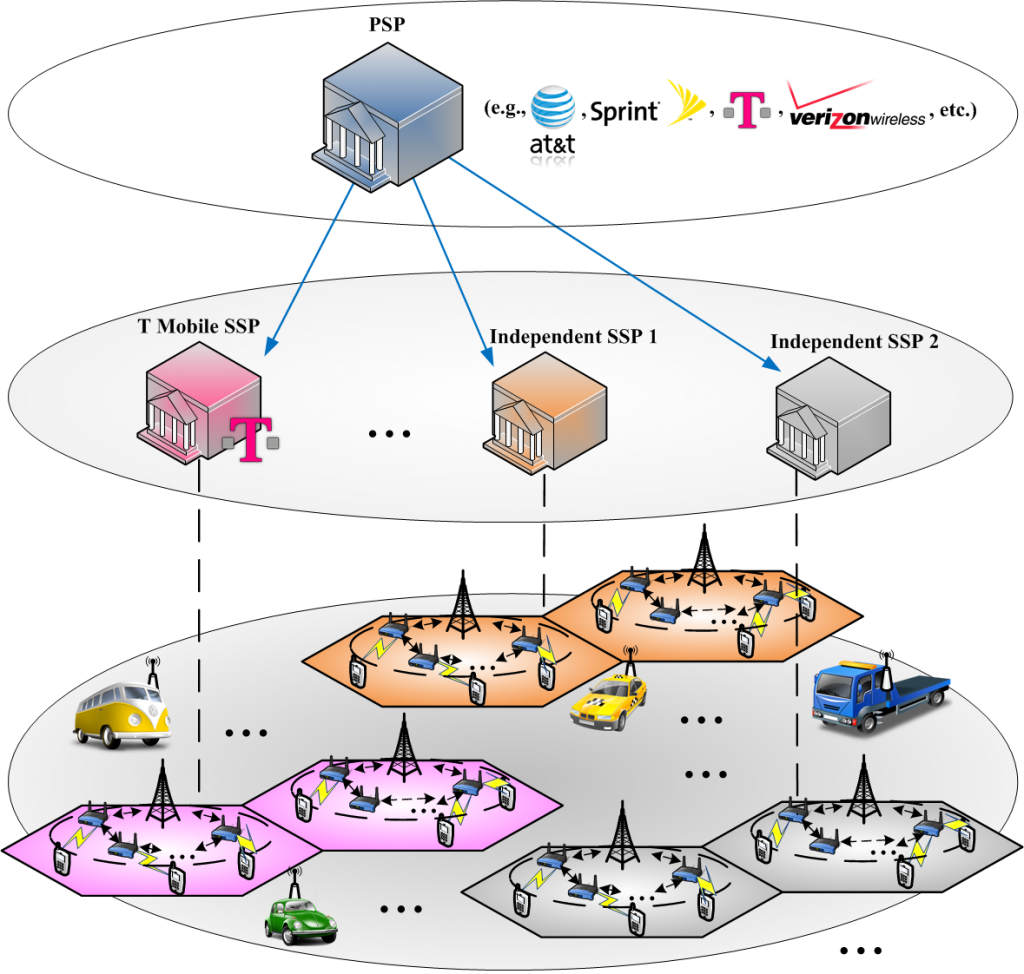 Cognitive Mesh: Making Cellular Networks More Flexible
Cognitive Mesh: Making Cellular Networks More Flexible
Innovative use of wireless devices such as smartphones in various mobile applications has exacerbated the congestion over cellular spectrum. On the other hand, many licensed spectrum blocks are left unused. Although cognitive radios (CR) technology has emerged as an enabler for unlicensed users to opportunistically access the unused licensed spectrum, most previous works commonly assume that each user is equipped with a CR which can operate across a wide range of spectrum. This may be possible in theory, but may not be practical for light-weight devices such as cell phones. How to effectively utilize the CR technology to build more flexible networks so that even non-CR capable devices can benefit from the opportunistic access to the unused spectrum is therefore in dire need. In this project, we propose a novel cognitive mesh assisted cellular network (CMCN) and investigate: 1) the architectural design of CMCN so that unoccupied licensed spectrum can be efficiently utilized and non-cognitive cellular devices can benefit from the CR technology, 2) spectrum and energy efficient CR mesh router placement under uncertain spectrum availability, 3) how to construct a fine-grained spectrum map to facilitate efficient spectrum allocation and intelligent traffic delivery, and 4) experimental validation and implementation for the proposed design. The research outcome provides a viable solution to the spectrum congestion in cellular systems.
 EARS: Collaborative Research: Cognitive Mesh: Making Cellular Networks More Flexible (CNS-1343361), PI. National Science Foundation, January 1, 2014 – December 31, 2017. This is a collaborative project with Dr. Yuguang Fang at University of Florida and Dr. Pan Li at Case Western Reserve University.
EARS: Collaborative Research: Cognitive Mesh: Making Cellular Networks More Flexible (CNS-1343361), PI. National Science Foundation, January 1, 2014 – December 31, 2017. This is a collaborative project with Dr. Yuguang Fang at University of Florida and Dr. Pan Li at Case Western Reserve University.
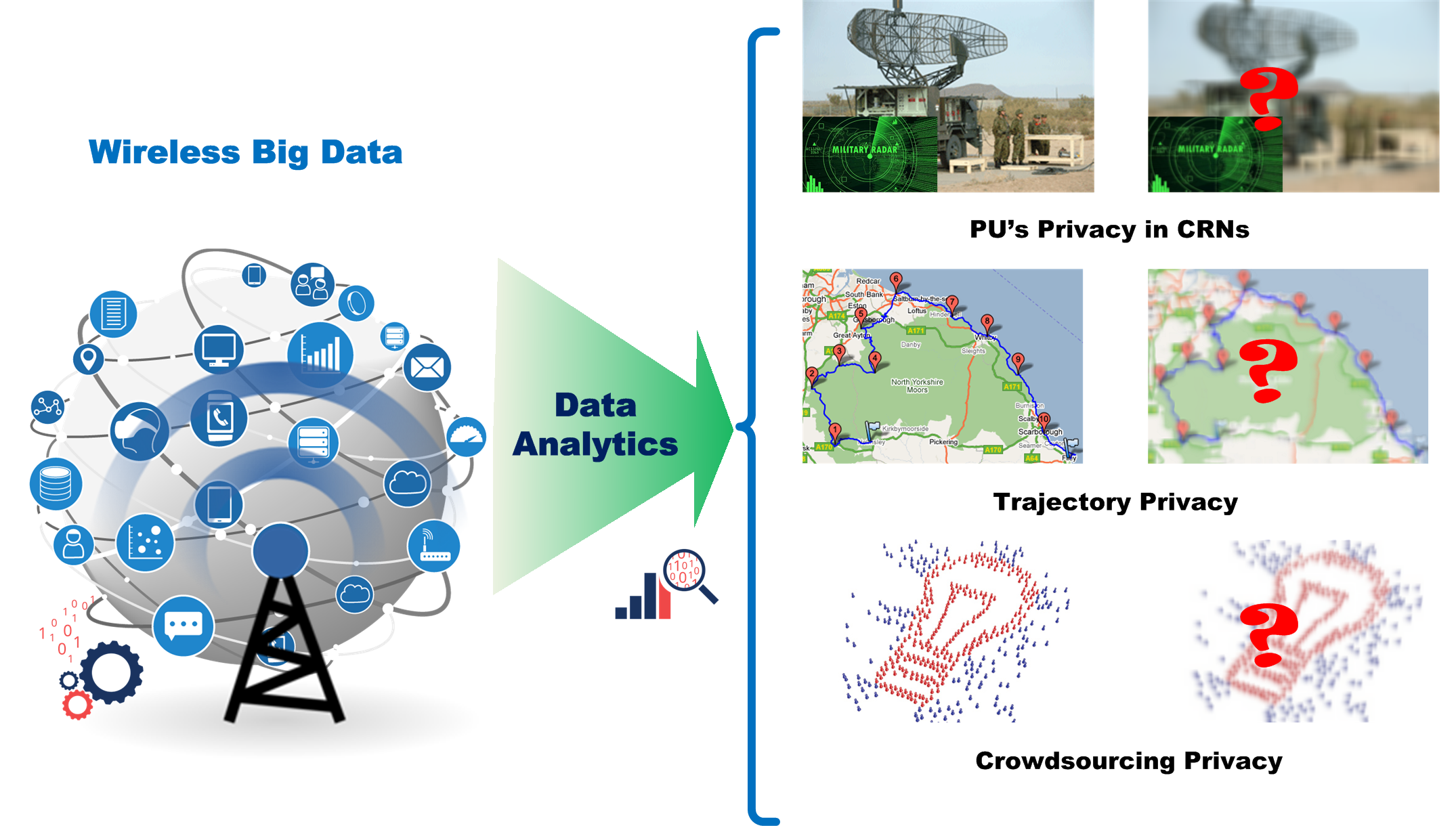 Look beyond What You See: Transformation Based Privacy-Preserving Data Analytics and Utilization in Wireless Networks
Look beyond What You See: Transformation Based Privacy-Preserving Data Analytics and Utilization in Wireless Networks
With the proliferation of sensor-rich mobile devices like smartphones, and wireless networks such as cognitive radio networks and mobile social networks, wireless data traffic is surging and has become a major source of big data nowadays. Wireless big data has created enormous value using data analytics in terms of enabling numerous mobile applications and improving wireless communication services. Meanwhile, a lot of sensitive personal/operational information about the involved participants can be inferred from the wireless data, compromising their privacy. The goal of this project is to build a framework for privacy-preserving data analytics and utilization in wireless networks, which allows enjoying the benefits brought by the wireless big data while protecting the privacy of participants. Ideally, useful information can be extracted to the maximum extent, while sensitive information about participants is perfectly protected from their data. If that is impossible to achieve, this project proposes to leverage data transformation paradigms to optimize the trade-off between participants’ utility and privacy protection in different wireless networks.
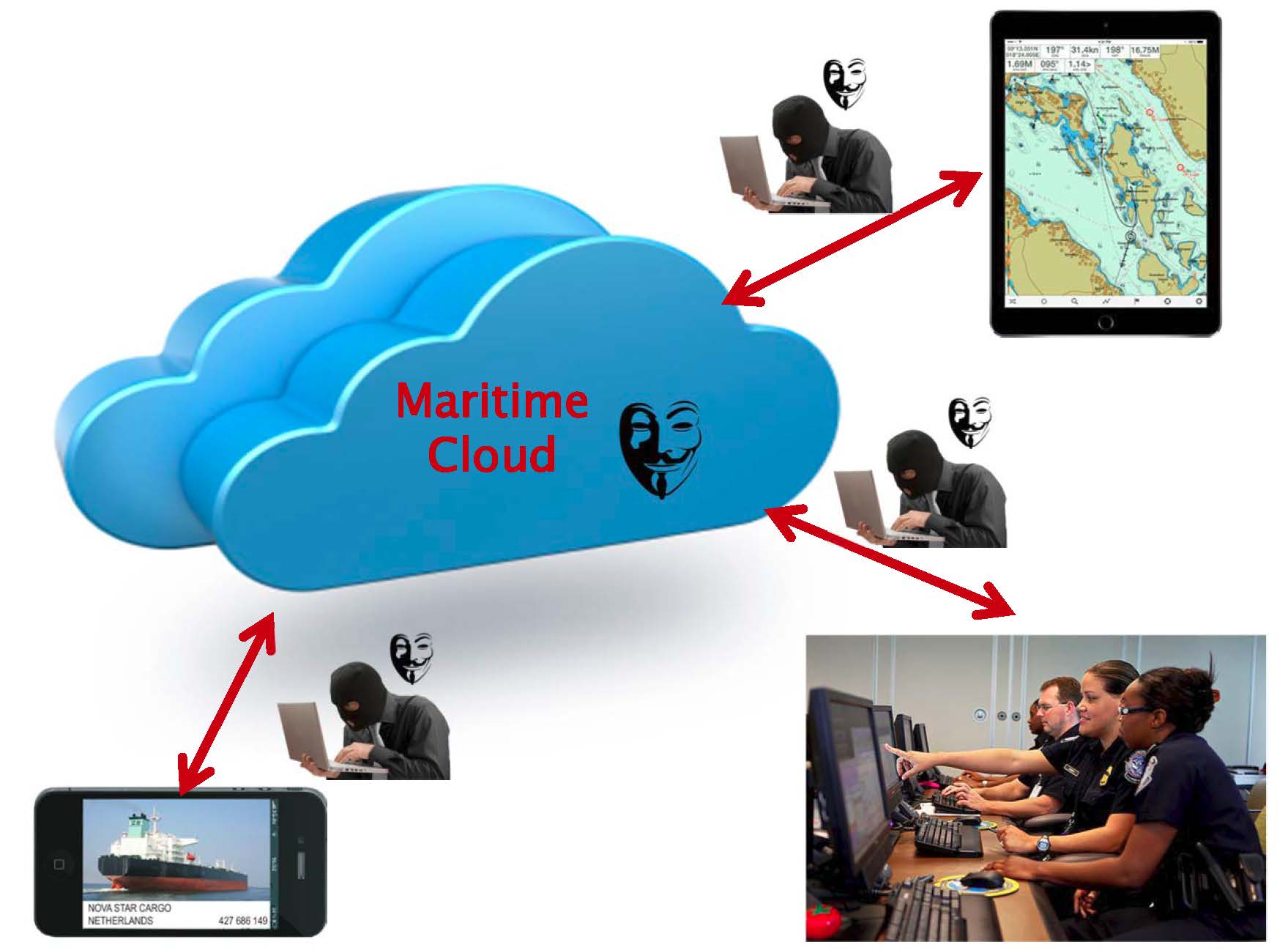 Secure and Efficient Maritime Data Storage and Retrieval
Secure and Efficient Maritime Data Storage and Retrieval
Due to the massive amount of maritime cargo containers entering U.S. ports, it costs too much to store all the cargo records in their local servers at local ports (e.g., the cost of adding servers, data maintaining cost, the cost of server specialists, etc.). To effectively reduce the cost, it will be a promising idea and a trend to push all the maritime data into the large data centers, i.e., the cloud. Since the maritime data is sensitive, this project will develop encryption schemes to keep the data integrity and make sure the data cannot be amended by the malicious attackers. Meanwhile, since maritime data is frequently updated/stored and retrieved, this project will also employ cryptography techniques to secure efficient data storage and retrieval. The attack model will be investigated, security analysis and complexity analysis will be conducted for the proposed schemes, and the results of this research will help to secure efficient maritime data storage and retrieval.

